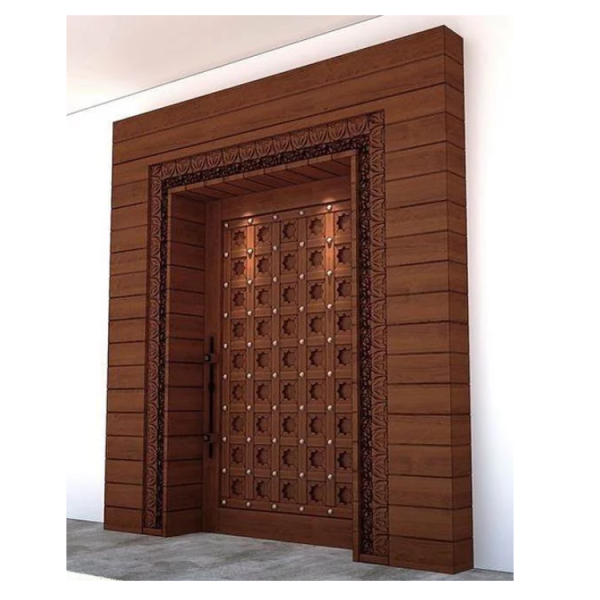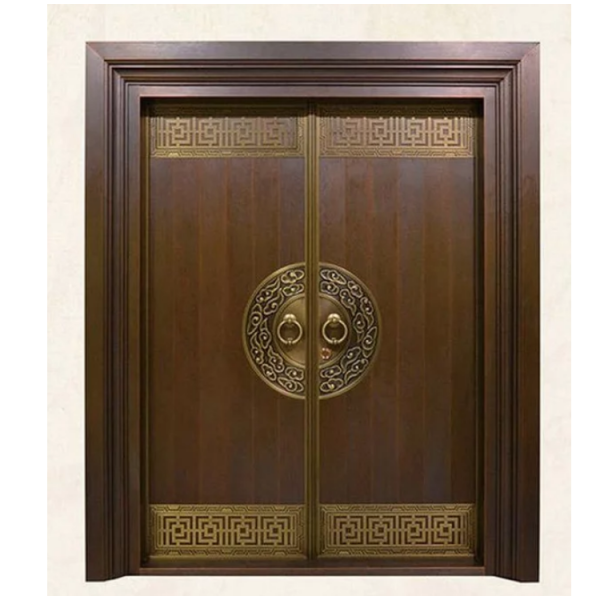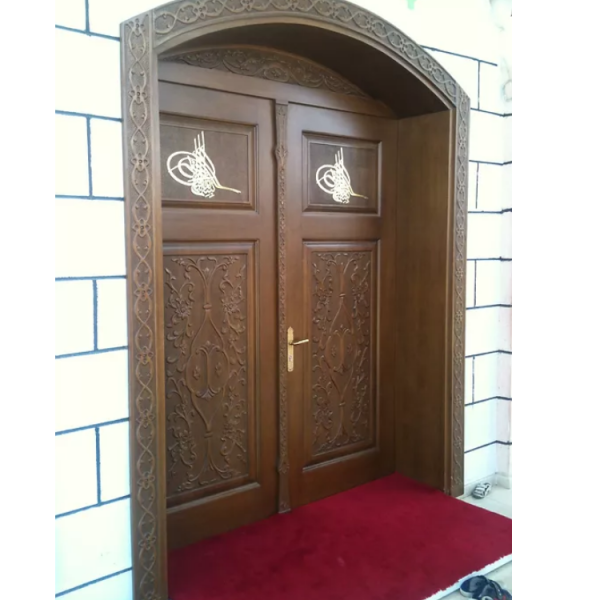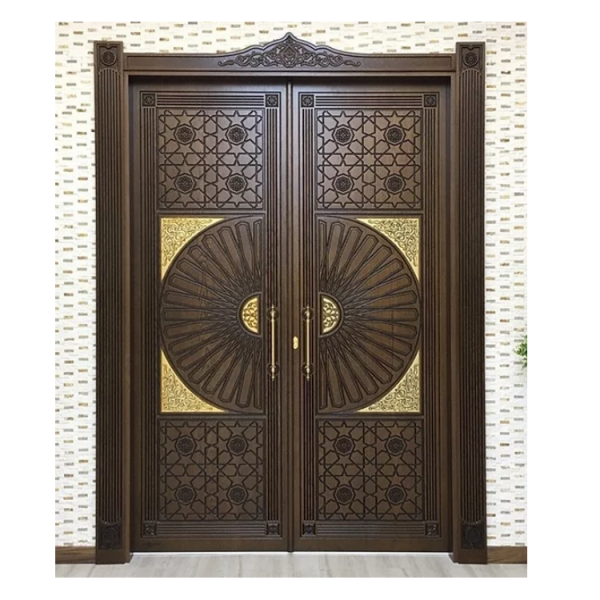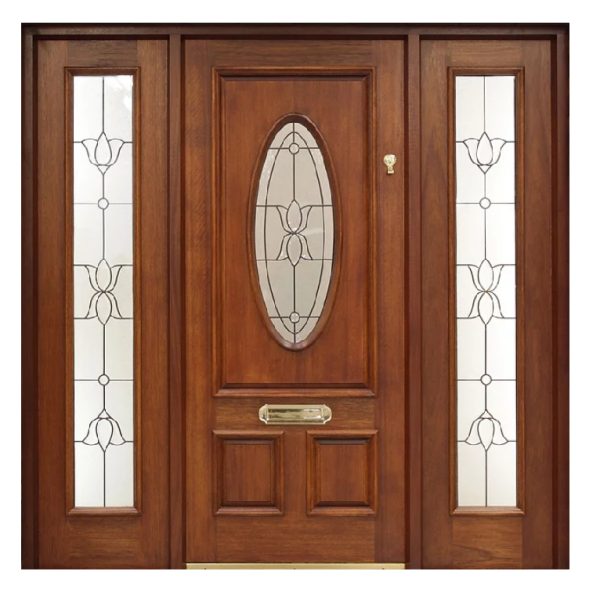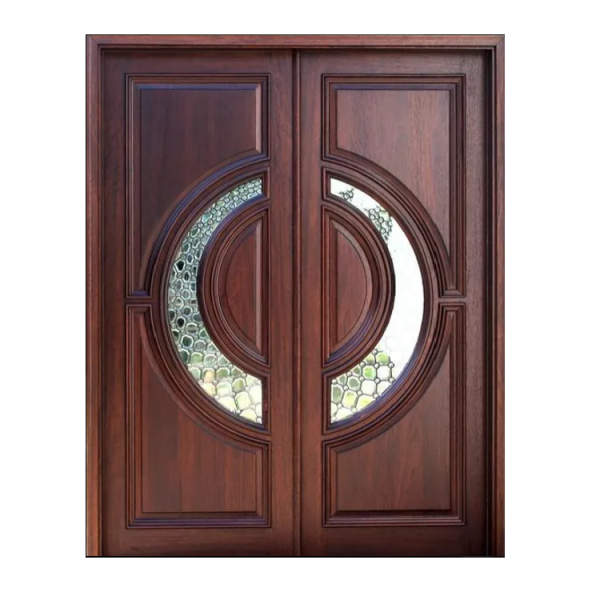🕌 Mosque Wooden Carved Doors: A Fusion of Tradition and Craftsmanship
Introduction
Mosque Wooden Carved Doors are more than mere entryways; they are symbolic thresholds that blend functionality with intricate artistry. Crafted using traditional techniques like Kundekari, these doors reflect centuries of Islamic heritage and craftsmanship.
✨ The Art of Wooden Carving in Mosque Architecture
Historical Significance
Wooden carving in mosque architecture dates back to the early Islamic period. The Kundekari technique, characterized by interlocking wooden joints without the use of nails, is a hallmark of Islamic woodworking. This method not only ensures durability but also allows for the creation of complex geometric patterns and calligraphic designs that adorn mosque doors.
Aesthetic Appeal
The intricate carvings on wooden mosque doors serve as a visual representation of Islamic art. Geometric patterns, arabesques, and Quranic inscriptions are commonly featured, each carrying deep symbolic meanings. These designs not only enhance the aesthetic value of the mosque but also inspire contemplation and reflection among worshippers.Architectural Digest
🛠️ Craftsmanship and Materials
Traditional Techniques
Crafting a wooden mosque door involves meticulous planning and execution. Artisans begin by selecting high-quality wood, such as oak or teak, known for their durability and fine grain. The Kundekari technique is then employed to join the wood pieces seamlessly. Skilled craftsmen carve intricate patterns, often incorporating elements like stars, crescents, and floral motifs, which are prevalent in Islamic art.
Modern Innovations
While traditional methods are revered, modern technology has also found its place in the crafting of mosque doors. CNC (Computer Numerical Control) machines are now used to replicate traditional designs with precision, allowing for consistency in mass production without compromising on quality.
🌿 Symbolism and Spiritual Significance
Gateway to the Sacred
The mosque door serves as a symbolic gateway to the sacred space within. Its design often reflects the spiritual journey of the individual, with intricate carvings representing the complexity and beauty of the divine.
Cultural Identity
Wooden carved doors also play a role in preserving cultural identity. The designs often reflect regional styles and traditions, making each door unique to its locale. This blend of artistry and culture ensures that the mosque remains a living testament to the rich heritage of the Islamic world.
🏛️ Conclusion
Mosque Wooden Carved Doors are a testament to the rich tapestry of Islamic art and architecture. Through the fusion of traditional craftsmanship and symbolic design, these doors not only serve as functional entryways but also as profound expressions of faith and culture.






























